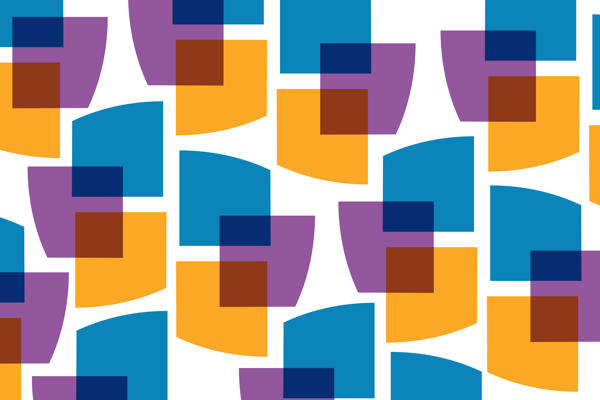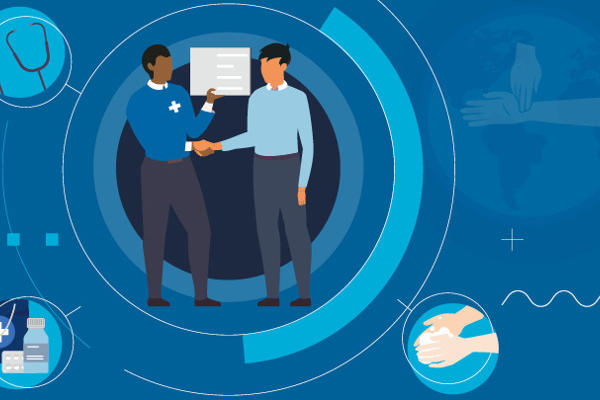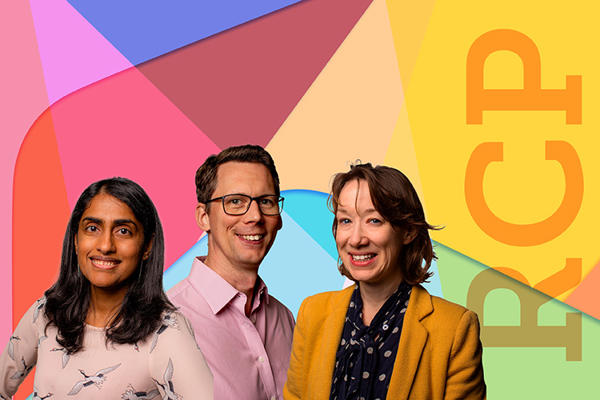This rather gory treatment for freckles comes from a book of medical recipes or receipts, written in 1660.
Take and anoynt the face with hares blood or ye blood of a bird and either of these will take awaye the freackles in 5 nightes dressing.
Domestic medicine in the 17th century was not just popular, it was necessary. Rural districts were often isolated. Large population centres had access to physicians to diagnose and recommend treatment; and apothecaries to make up medicines. But only the wealthy could afford the fees. Most people’s experience of medicine consisted of using a local healer or taking a self-help approach using either handwritten manuals or published versions. These manuals were passed on through families and marriages and were a type of encyclopedia of medicinal and cookery recipes.
Most producers of domestic receipt books were educated and literate women from the middle classes and aristocracy. These women were managing estates which were thriving businesses, employing most of the local population in some way. They often used their skills on behalf of their households and communities. Some recipe collections were also published under the name of local doctors or healers with good reputations.
All living things were considered to be linked to the whole of the natural world. So, the approach to medical treatment was a holistic one. If something was generally good to consume, there were likely to be conditions or illnesses it could help treat, by varying the recipe used.
Those recipes which survived and flourished, not surprisingly, were usually made up of ingredients which could be found locally. This included a wide range of plant and animal sources. In fact many ‘medical’ recipes were simply exotic forms of recipes for general eating and drinking, rather than the extracted chemical preparations we are used to seeing today.
Metals, gems or precious stones were used in recipes mostly to treat the wealthy, as only they could afford to buy such ingredients which would have to be supplied by professional apothecaries.
The RCP has 40 of these handwritten manuals in the archives. They date from the 16th to the 19th century and contain treatments for everything from baldness to cancer, as well as recipes such as cordials, jams, rabbit stew and more. There are also over 20 published manuals of medical recipes in the library, dating from the 16th century, with several modern facsimiles of medieval and early modern works.
Read more about the RCP's library, archive, and museum on our weekly blog, and follow @RCPmuseum on Twitter.




